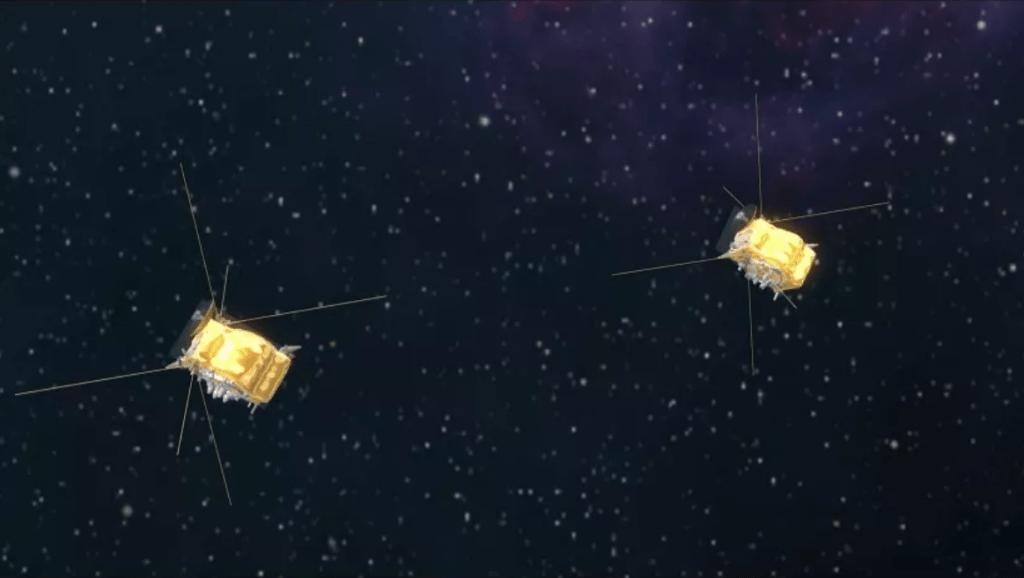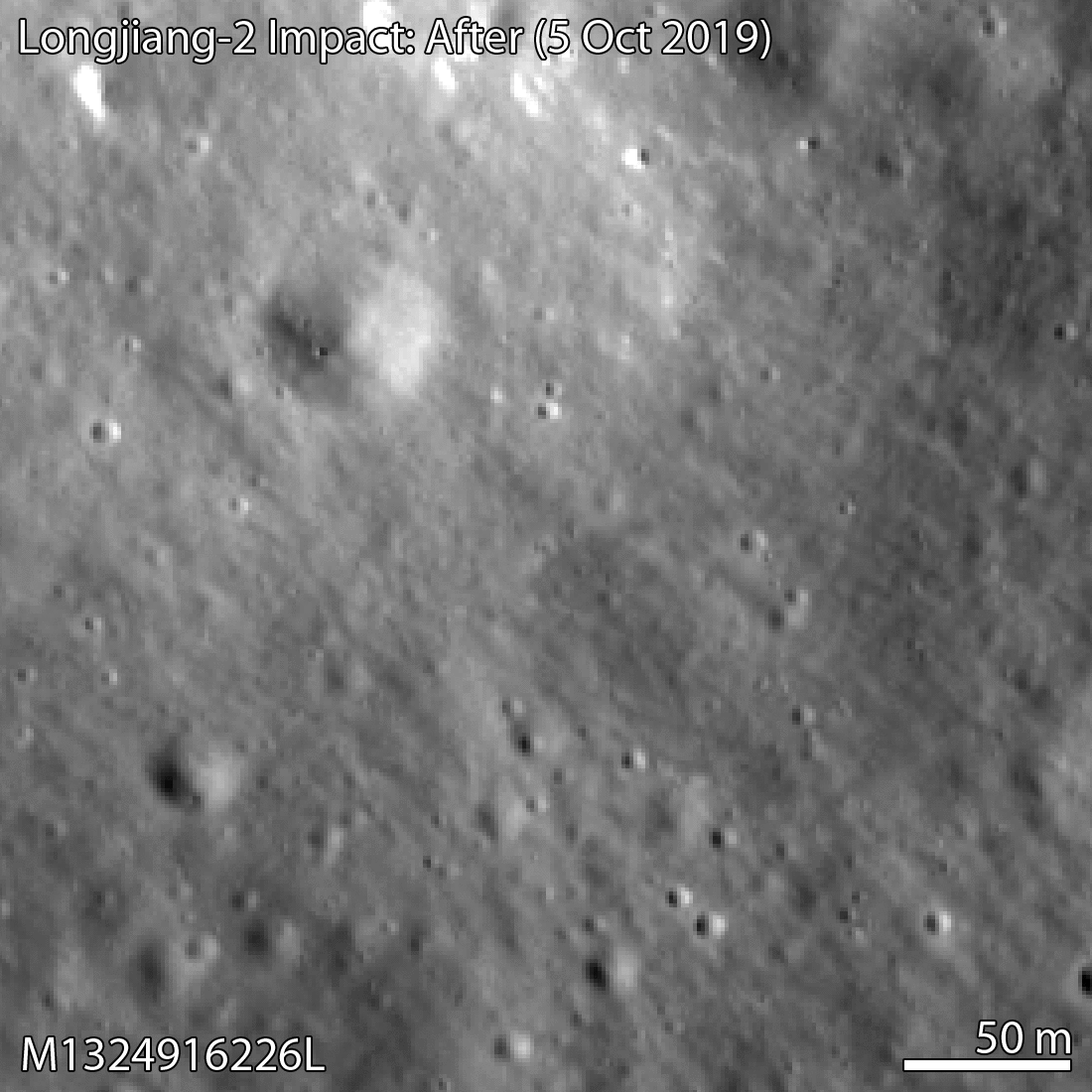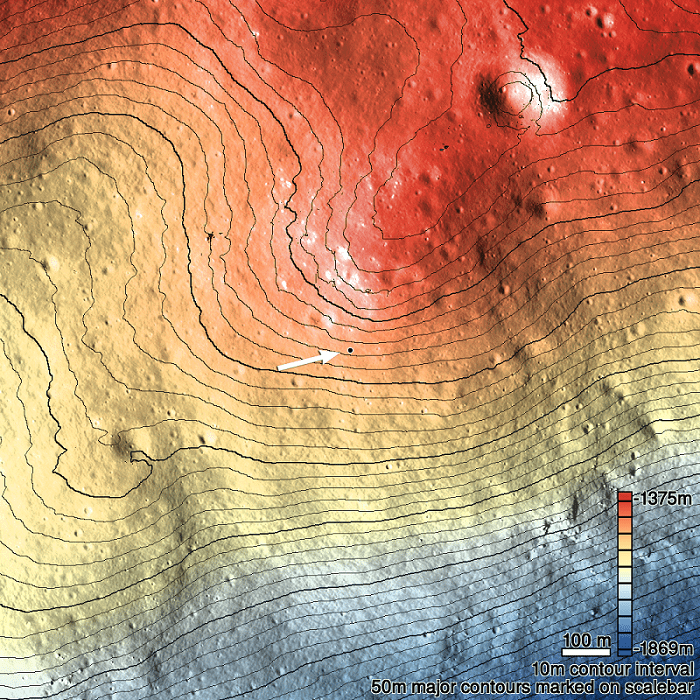On May 20th, 2018, the China National Space Agency (CNSA) launched the Queqiao spacecraft, the vehicle that would deliver the Chang’e-4 mission to the Moon. This vehicle was also responsible for transporting a lesser-known mission to the Moon, known as the Longjiang twin spacecraft. This package consisted of two satellites designed to fly in formation and validate technologies for low-frequency radio astronomy.
While Queqiao flew beyond the Moon to act as a communications relay for the Chang’e-4 lander, the Longjiang satellites were to enter orbit around the moon. On July 31st, 2019, after more than a year in operation, the Longjiang-2 satellite deorbited crashed on the lunar surface. And thanks to efforts spacecraft tracker Daniel Estévez and his colleagues, the Lunar Reconnaissance Orbiter (LRO) was able to photograph the impact site.
Among amateur astronomists and citizen scientists, Daniel Estévez is a well-known figure. In addition to being an amateur radio operator with a PhD in Mathematics and a BSc in Computer Science, Estévez is also an amateur spacecraft tracker. It was he who, in May of 2019, made an official estimate on when the Longjiang-2 satellite would crash on the lunar surface.

Based on his calculations, he determined the impact would take place somewhere within Van Gent crater on July 31st. This small impact crater is located on the far side of the Moon and is situated to the south and southeast of the larger Konstantinov crater. These results were then passed on to the Lunar Reconnaissance Orbiter Camera (LROC) team, who made sure their instrument was trained on the coordinates.
On October 5th, 2019, the LRO passed over the site at an altitude of 122 km (76 mi) and snapped several images of the surface. After carefully comparing them to pre-existing NAC images, the LROC team was able to discern the presence of a new impact crater that was roughly 4 by 5 meters (13 by 16 ft) in diameter and about 10 meters in depth (33 ft).
This places the new crater just 328 meters (1075 ft) from Estévez’s estimated crash site. Based on this proximity to the estimated coordinates and the size of the impact crater, the LROC team indicated that they are “fairly confident that this new crater formed as a result of the Longjiang-2 impact.”

On his website, Estévez captured the significance of this event eloquently and was sure to share the credit with those colleagues who helped make it possible:
“This is amazing, as in some way it represents the definitive end of the DSLWP-B mission (besides all the science data we still need to process) and it validates the accuracy of the calculations we did to locate the crash site. I feel that I should give due credit to all the people involved in the location of the impact.”
Moreover, it demonstrates the important role played by amateur astronomers and citizen scientists in the current era of space exploration. Kudos to Estévez and his colleagues! Not bad for an amateur tracker!
Further Reading: LROC

